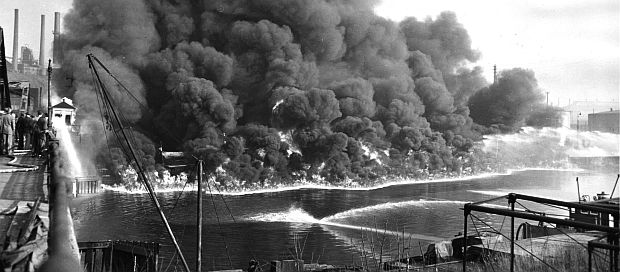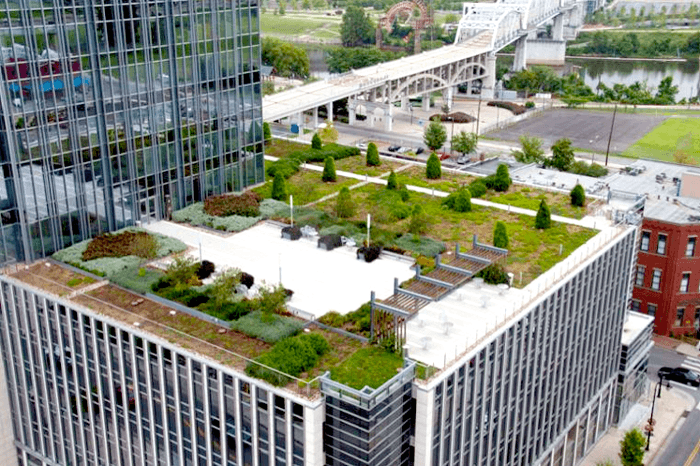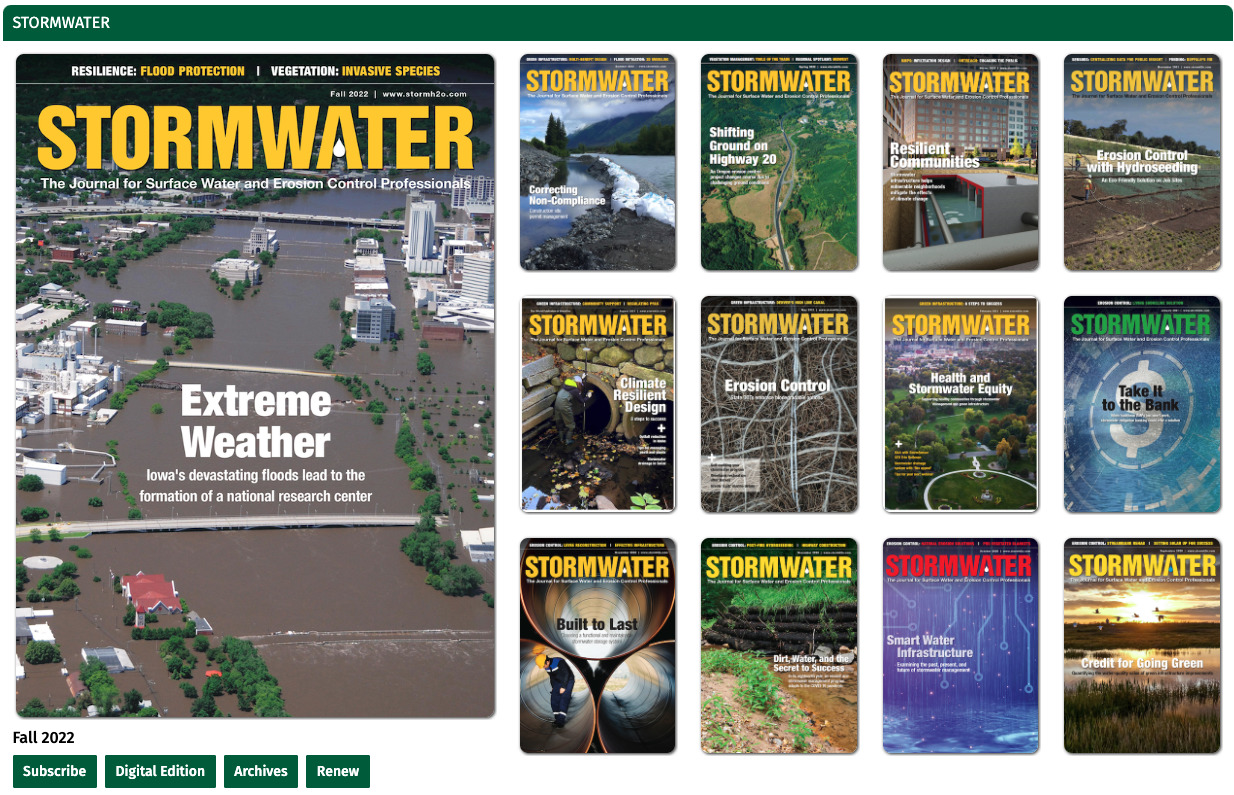I am currently participating in the Techstars Sustainability Accelerator, in Partnership with The Nature Conservancy. The intense, three-month program provides mentorship and resources to help innovative startups, such as 2NDNATURE, rapidly scale their business and help build a sustainable future across food, water and climate change. For anyone who has no background in technology accelerators, I believe I have changed after the first three weeks of the program. The schedule is intense, the people are amazing and the opportunity is exceptional for me to expose my motivations, vulnerabilities, empathy and leadership skills.
During my first week of the program, I was asked by a colleague what I thought of TMDLs –(industry term for “total daily maximum load,” or the amount of pollution that’s allowable in any urban waterway). My knee jerk response was an emphatic, “they are not working!”
My answer seemed brash, given that I didn’t know this person. That said, my background as a water scientist put my passionate response into context. As we near the 50 year anniversary of the Clean Water Act, we have a lot to consider. Fifty years ago, a fire on the Cuyahoga River was the catalyst that gave birth to the Clean Water Act. The river had caught fire many times before. But this time, the public noticed. The public sense of urgency was now very real with an environmental organization poised to provide leadership and prod Congress into taking action.

Thankfully, pollution in our U.S. waterways no longer causes rivers to catch on fire. Yet, our waterways – much like our planet – are dying a slower death. We can and must do better.
New Challenges in 2019 Facing the Clean Water Act
The first MS4 Phase I permit under the Clean Water Act umbrella was issued to large cities in 1990. The primary intent of this permit was to minimize the delivery of pollution from “non-point sources” to local waterways. Non-point sources generally refers to pollution that does not come from a very clear and well-defined point. Typical non-point sources include the litter in a curb, motor oil in a parking lot or pesticides applied to the base of a building. When it rains, these pollutants are mobilized by urban stormwater and transported to the nearest waterway. Ultimately, the use and amount of these pollutants in our cities increases proportionally with human population growth.
By 2050, the US will be home to 438 million people by 2050. This accelerated urban population growth is far outpacing the spirit and intended goals the Clean Water Act. For example, the Denver area alone may grow to 9 million, which represents 3 times the current density. Imagine that for a second: the population of your community growing 3 times. As a result, cities and counties across the US spend billions of dollars every year struggling to comply with NPDES permit requirements, yet the quality of our urban waterways continues to decline.
Given these new realities, I believe our communities can play an integral role by reducing — and perhaps reversing — our impact on local waterways (and the climate) by better urban stewardship. Taking care of the environment starts at home – from our yards, roofs, driveways, and the curb out front. There is an opportunity to make stormwater local and relevant to every community.

During a break in the Techstars program, I visited with my soon to be 75 year old aunt (Happy Birthday Aunt Sherry) who lives in Orange County, attends bible study regularly and has dear friends on both sides of the political spectrum. A discussion of current events led to her obvious frustration and concern about the gridlock and growing tension in Washington DC. I had to ask, “What if any issue facing our country do you and your friends agree upon?” The answer: climate change and clean water.
I’m no fool; my aunt knew who she was talking to. But as we explored this topic, it was clear the health of our earth and access to clean water is a unifying human issue. My aunt has heard me talk about the simple changes we can make in our cities to make our neighborhoods more resilient to a changing climate and reduce our impact on the health of our local waterways — but this mindset is still not second nature to her. We need to make the problem, solution and what we can do every day clear, simple, and actionable by every human on earth. 2NDNATURE intends to leverage our expert partners within the Sustainability Program to devise engaging messaging on how clean stormwater equates to healthy cities.
I see the opportunity for our communities to renew their commitment to the Clean Water Act, bring transparency and accountability to urban land management and solve stormwater pollution.
In my next blog in this series, I’ll discuss some of the very real and serious consequences our local ecosystems face from stormwater pollution. As part of this discussion, I’ll outline the top-four actions that cities, counties and communities can take to stem the tide of pollutants in our urban waterways.


